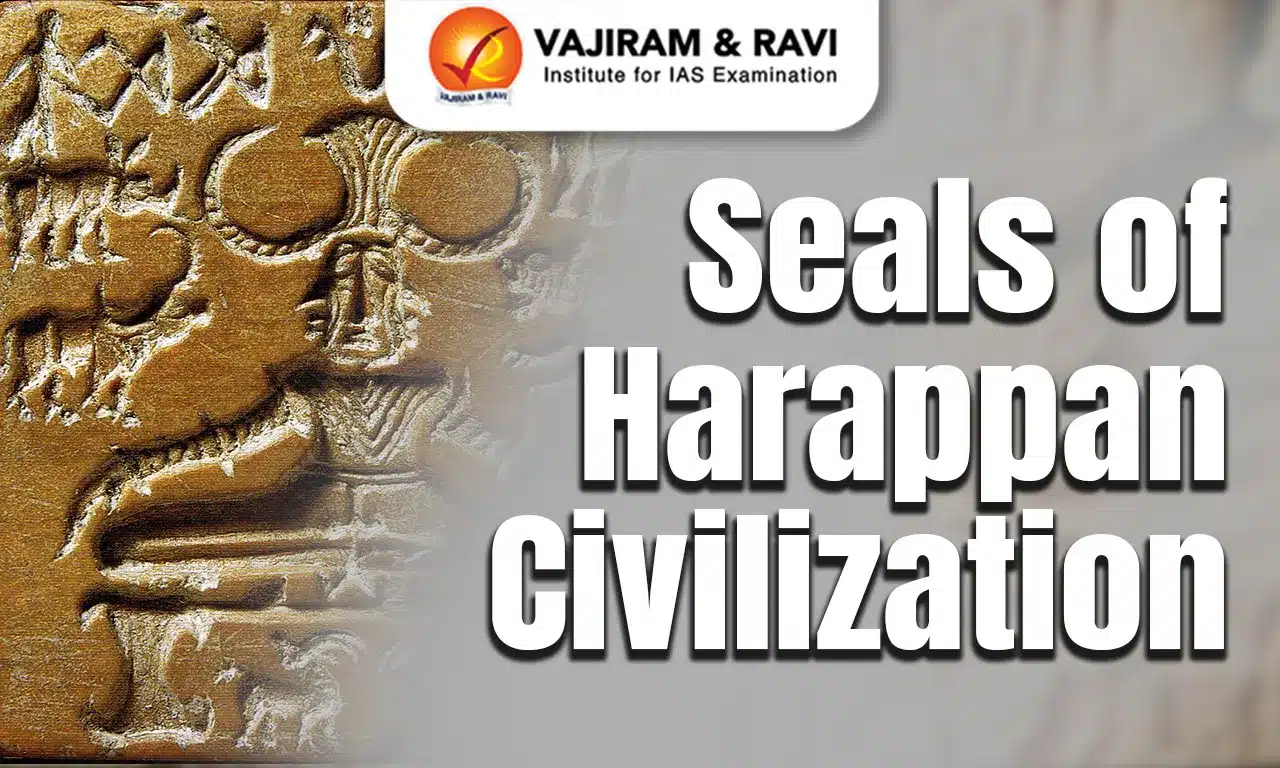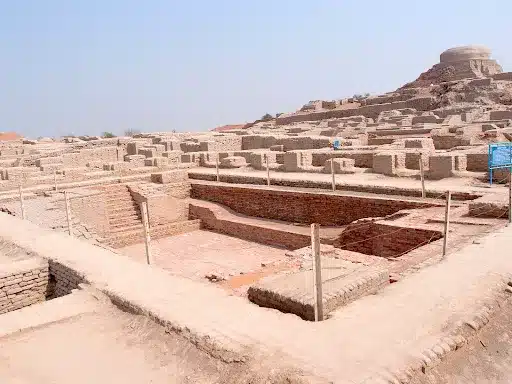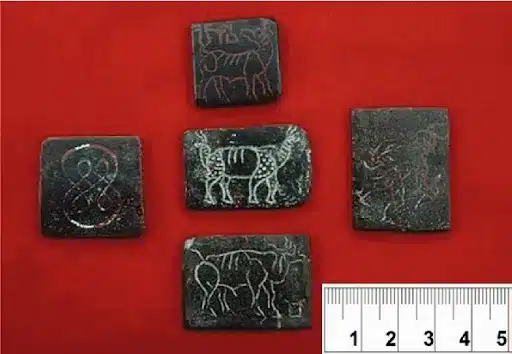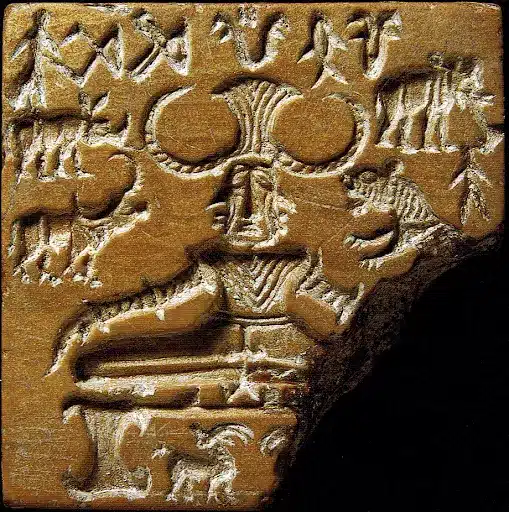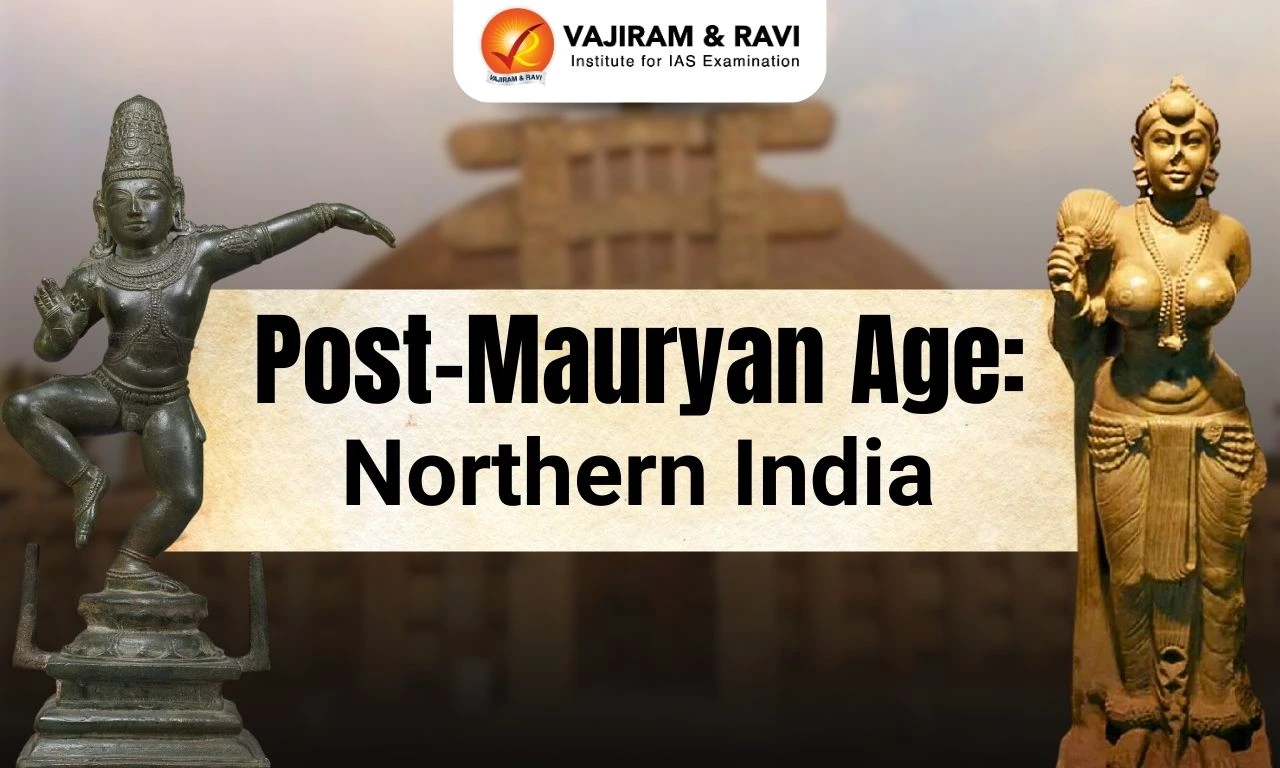Seals of the Harappan Civilization, dating from 2500 B.C. to 1500 B.C., provide key insights into their trade, religion, and culture, including interactions with civilizations like Mesopotamia. These seals were often square-shaped, measuring about 2x2 inches, and primarily made from steatite, though materials like agate and copper were also used. Notable examples include the Pashupati Seal and the Unicorn Seal.
Featuring detailed depictions of animals and human figures, the seals were engraved with an undeciphered pictographic script. They were used for commercial purposes and possibly as amulets or identity markers. The intricate designs highlight the civilization's artistic skill, symbolic beliefs, and complex system of communication.
Seals of Harappan Civilization
Harappan Civilization, also known as the Indus Valley Civilization, existed between approximately 3300 B.C. to 1300 B.C. across a vast region that includes parts of modern-day Pakistan, northwest India, and northeast Afghanistan. Its mature phase, marked by advanced urban development, occurred between 2600 and 1900 BCE. The following were the main features of this civilization:
- Town Planning of Harappan Civilization: Cities like Harappa and Mohenjodaro were known for grid layouts, sophisticated drainage, and standardized baked bricks.
- Craftsmanship: Excellence in metallurgy, pottery, seal carving, and a system of standardized weights and measures.
- Governance and script: Governance and social structure remain unclear due to the undeciphered script on seals.
- Decline: The Harappan Civilization's decline around 1300 BCE is believed to have been influenced by climate change and shifting river patterns, leading to reduced agricultural productivity and urban migration.
Thus, the Harappan Civilization represents a remarkable chapter in early human history, showcasing innovation and complexity in urban life.
Seals of Harappan Civilization Features
Harappan Civilization, recognized for its mysterious seals and script, illustrates early developments in art and writing. These seals, discovered by archaeologists, offer valuable insights into the Harappan trade, religion, and beliefs.
- Composition: Seals of the Harappan Civilization are primarily made from steatite, though they are sometimes crafted from materials like agate, chert, copper, faience, terracotta, gold, ivory, and copper.
- Figures on seals: These seals often feature detailed depictions of animals such as bulls (with or without humps), elephants, tigers, rhinoceroses, bison, and more. At times, these seals also portray trees and human figures.
- The realistic representation of animals in various poses is a distinctive aspect of these seals, highlighting the artistic skill of the period.
- Shape: The standard Harappan seal was typically a square plaque measuring 2x2 inches, made from soft river stone like steatite
- Pictographic Script: Each seal is engraved with a pictographic script, which remains undeciphered to this day. Seals from the Harappan Civilization, dating between 2500 and 1500 BCE, often featured figures and animals carved in intaglio
Seals of the Harappan Civilization Purpose
The seals served primarily commercial purposes, but they were also likely used as amulets, perhaps akin to modern identity cards, carried by their owners. Alongside seals, copper tablets with animal or human figures and inscriptions were found, likely serving as amulets. The inscriptions on these tablets usually relate to the animals shown, highlighting the strong connection between the symbols and the culture of the Harappan Civilization.
Seals of Harappan Civilization Pashupati Seal
Pashupati Seal of Harappan Civilization, often associated with the site of Mohenjodaro, is a distinctive type of steatite seal. It is also regarded as the Proto Siva Seal or Maha Yogi Seal.
- Figures: The central figure in the Pashupati Seal is often interpreted as a male deity representing early forms of the deity Shiva, while others see it as a female deity.
- The Pashupati Seal showcases a human figure seated in a cross-legged position, flanked by an elephant and a tiger on the right.
- On the left, a rhinoceros and a buffalo are depicted.
- Below the seated figure, two antelopes are depicted.
Seals of Harappan Civilization Unicorn Seal
Unicorn Seal of Mohenjodaro is a widely recognized artefact from the Harappan Civilization. It has sparked much debate and curiosity since its discovery, highlighting the unicorn's significance in the region's culture.
- Features: The Unicorn seal features a one-horned creature, often interpreted as a unicorn, depicted in a tight profile standing before an altar-like structure.
- Further, this seal is often characterized by a colorful blanket or harness shaped like an upside-down heart on the shoulder.
- Overall, the Unicorn Seal depicts the civilization's richness in symbolic and totemic animal representations.
- Materials: The majority of unicorn seals found at Harappan Civilization sites are made from steatite, a material composed of compressed talc.
Seals of Harappan Civilization Significance
Seals of the Harappan Civilization hold significant cultural and historical value, serving as key artifacts that provide insights into the society's trade, religion, and social structure. They were used for administrative purposes and as identifiers for goods, indicating a complex system of commerce.
- The intricate designs, often featuring animals and human figures, reflect the artistic skills and symbolic beliefs of the Harappan people.
- Additionally, the undeciphered inscriptions on these seals suggest the existence of a written language, hinting at the civilization's advanced communication method.
Last updated on December, 2025
→ Check out the latest UPSC Syllabus 2026 here.
→ Join Vajiram & Ravi’s Interview Guidance Programme for expert help to crack your final UPSC stage.
→ UPSC Mains Result 2025 is now out.
→ UPSC Notification 2026 is scheduled to be released on January 14, 2026.
→ UPSC Calendar 2026 is released on 15th May, 2025.
→ The UPSC Vacancy 2025 were released 1129, out of which 979 were for UPSC CSE and remaining 150 are for UPSC IFoS.
→ UPSC Prelims 2026 will be conducted on 24th May, 2026 & UPSC Mains 2026 will be conducted on 21st August 2026.
→ The UPSC Selection Process is of 3 stages-Prelims, Mains and Interview.
→ UPSC Result 2024 is released with latest UPSC Marksheet 2024. Check Now!
→ UPSC Prelims Result 2025 is out now for the CSE held on 25 May 2025.
→ UPSC Toppers List 2024 is released now. Shakti Dubey is UPSC AIR 1 2024 Topper.
→ UPSC Prelims Question Paper 2025 and Unofficial Prelims Answer Key 2025 are available now.
→ UPSC Mains Question Paper 2025 is out for Essay, GS 1, 2, 3 & GS 4.
→ UPSC Mains Indian Language Question Paper 2025 is now out.
→ UPSC Mains Optional Question Paper 2025 is now out.
→ Also check Best IAS Coaching in Delhi
Seals of Harappan Civilization FAQs
Q1. What type of figures are commonly depicted on the Harappan Seals?+
Q2. What does the term "Proto-Siva Seal" of Harappan Civilization refer to?+
Q3. Which materials were primarily used to make Harappan seals?+
Q4. What is the significance of the Harappan Seals concerning trade and administration?+
Q5. What is the unicorn seal of Harappa?+
Tags: quest seals of harappan civilization UPSC Art and Culture Notes



